There is always for me a touch of sadness as October comes to an end in the garden as from now on trees and shrubs as well as plants are shutting down for the winter having given their best shot throughout the spring and summer … but nothing stands still in the garden and November is the time to prepare plants such as gunnera for the frost and cold and of course we can start the hard pruning of the willows so no time to sit back !
October colour in the garden
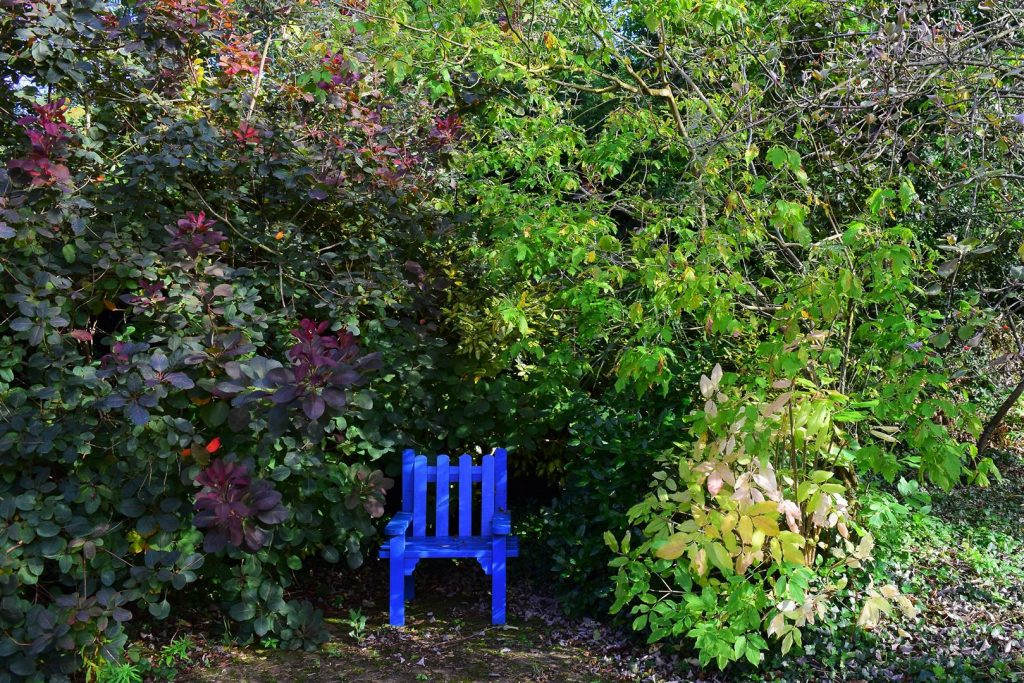
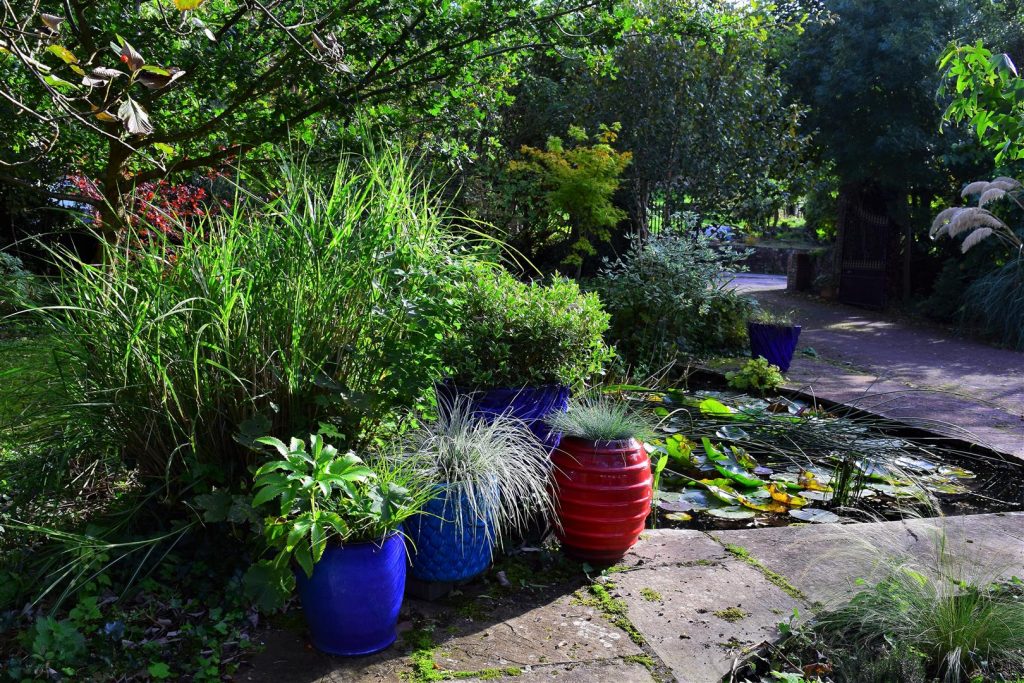
I was looking through my web page on the pots we have in the garden going back to the first pot bought in 2001 and was struck by how much the planting in these pots has changed over the years but more so in how I have moved them through several locations to their current places . We started the garden in earnest here in 2006 five years after moving in as we were still living in Bosnia and it was thirteen years ago that the first sod was dug and the front and back areas were planted and thirteen years is nothing in the life of a garden .
The back garden when planted in July 2006
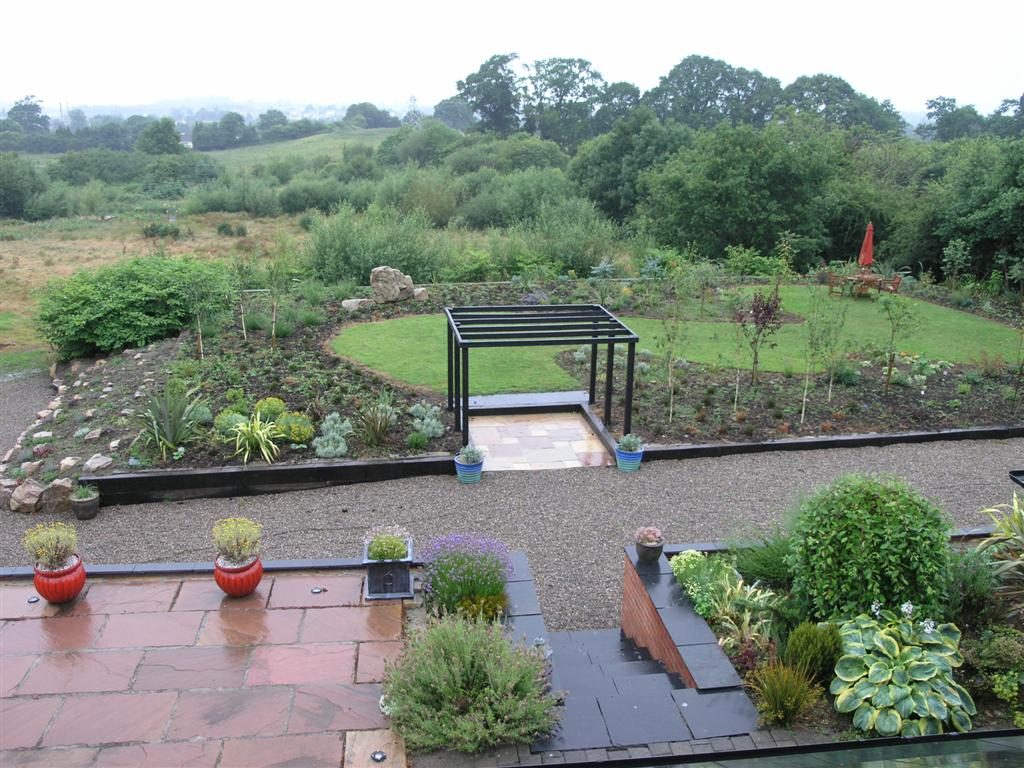
As it is now , thirteen years later in June 2019
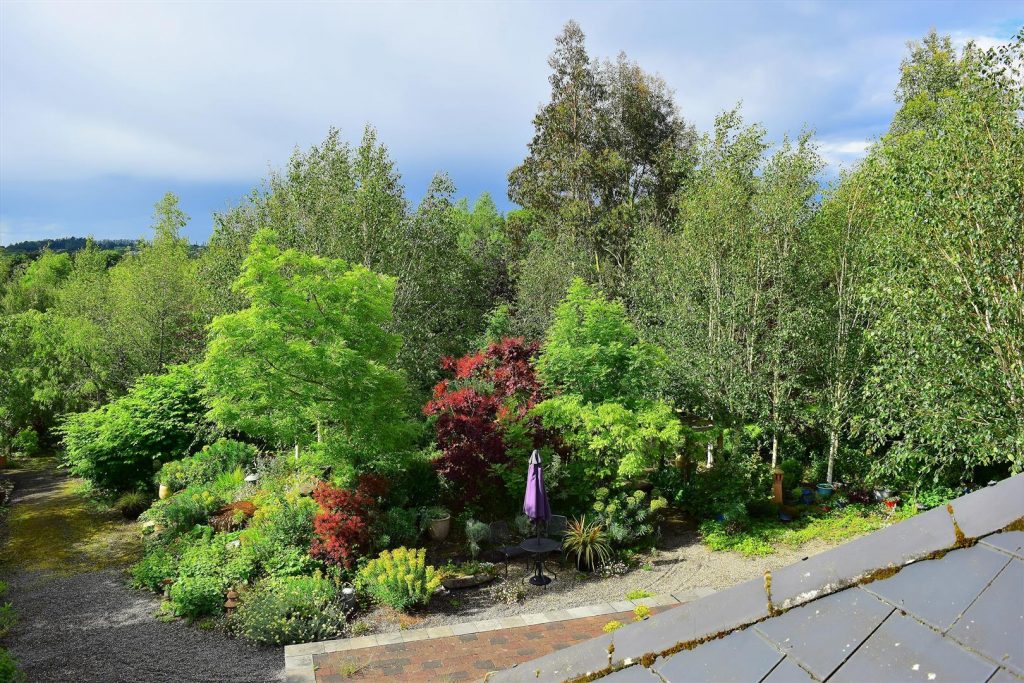
The garden changes constantly as trees and shrubs mature and then the need for a pot in that location is no longer there and you move it to somewhere else but the one constant is that you need to suit the plant to that location i.e. sun or shade and the other constant is that shrubs and small trees eventually die in pots after a few years generally it has to be said through neglect by lack of water or not boosting the soil with some nutrients and this was the case here with a small olive tree that stood in the front patio for the last ten years and which has been in decline for the past two years … I have been in denial about it’s unhappiness as I loved having an olive tree albeit a small one in an Irish garden but earlier this month I bit the bullet and removed the olive tree , gave it a hard pruning and placed in our recuperation ward over by the potting area in the hope it may recover
Opening the paths in the Lower Field October 2008
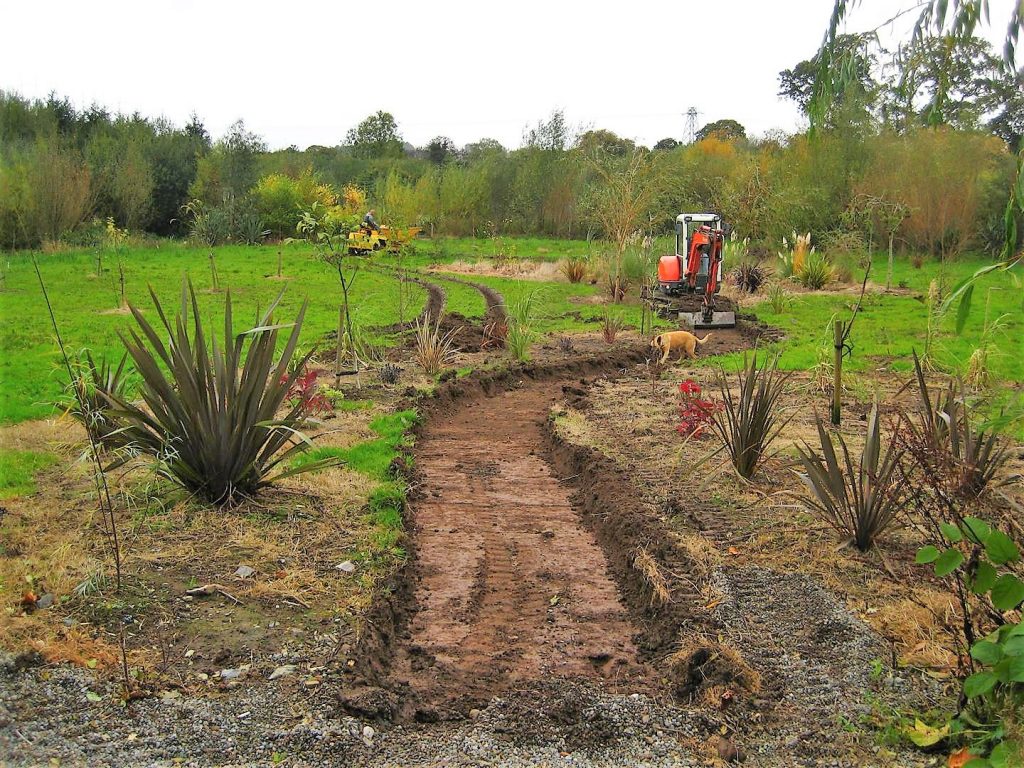
As it is eleven years later June 2019

But getting back to the terminally ill olive tree I replaced it with a small Japanese maple , acer palmatum , a purple leaf variety called Bloodgood … odd name but called after the Long Island New York nursery that bred it and probably refers to it’s deep colour . One of the reasons the olive tree stuttered and failed was due to the pot eventually being too small so I used the opportunity to move the pot to a new location and planted the new maple into a larger pot which was in another area where it was not shown off at it’s best .
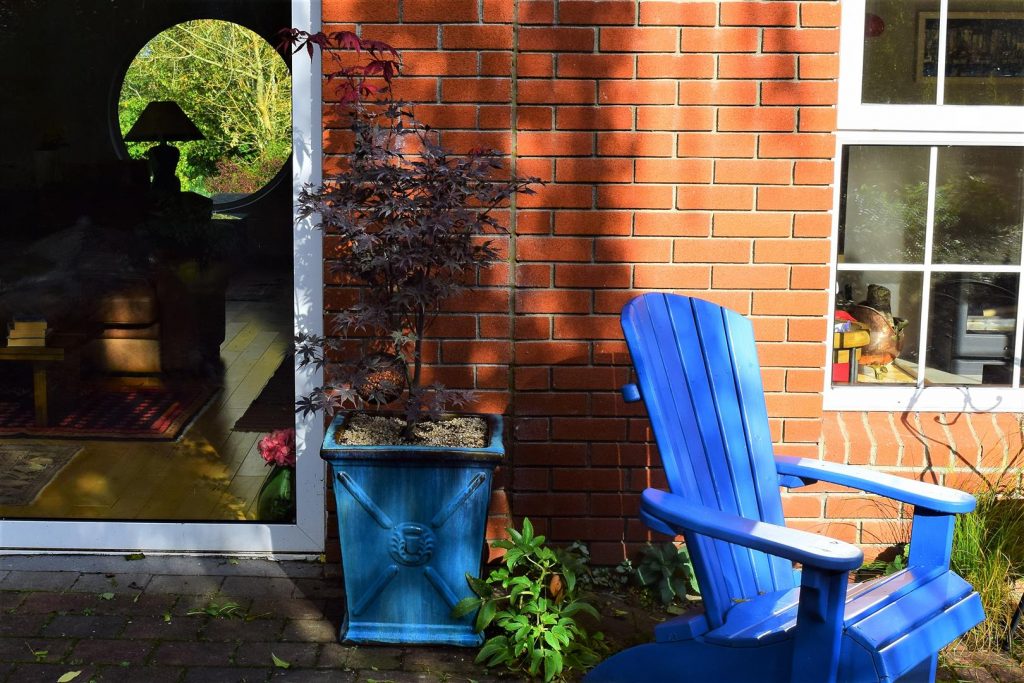
I was asked recently at a garden club meeting how do you start in gardening , a simple question but how to answer without putting off the beginner is tricky and not so easy. Probably being at a garden club meeting as a total beginner is the worst place to start as most people there will be either experts or know quite a bit and all that input coming at you would be confusing if not downright frightening especially as they start throwing the odd latin names of plants into the conversation … they have a phrase in serbo – croat … palako … it means relax , chill out … and that would be my advice as in adopt the palako attitude and go slowly, build up your knowledge of gardening , what plants and trees like and then apply this to your plot depending on the type of soil whether it is wet , dry or shady , faces south or north , then I would take a walk around the area and see what is growing well for the neighbours … then and only then would I order some trees in the garden centre .
Silver birch are a great tree to start a garden with
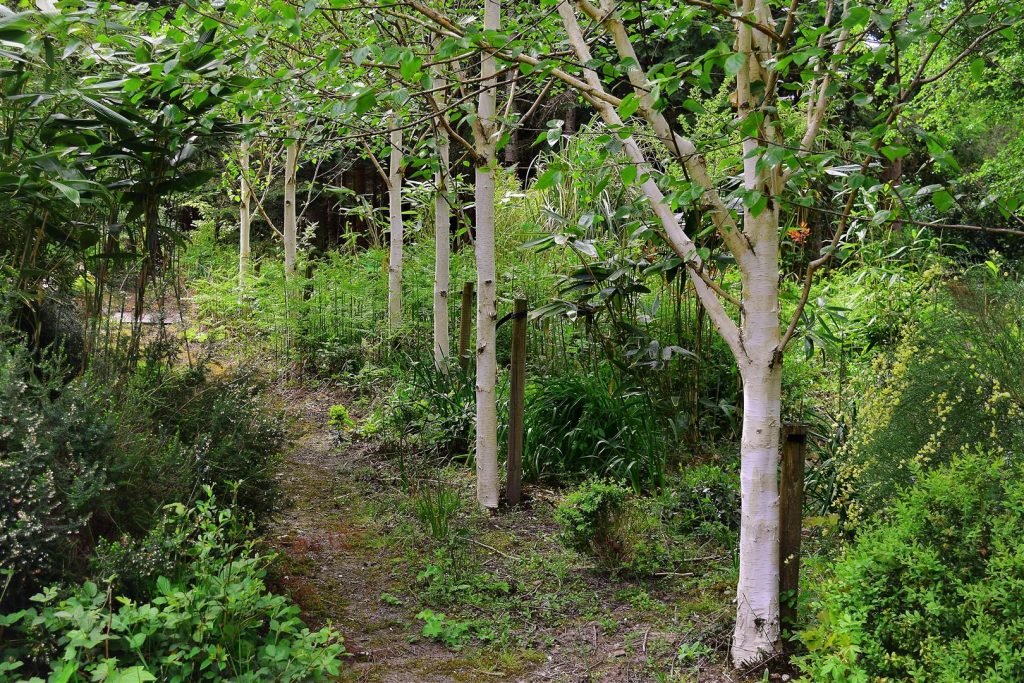
Start with the trees and plant up the corners to give some structure , a mixture of silver birch in groups of three or on their own , add in some single tree specimens on the edges , dependable trees such as mountain ash sorbus moonbeam which is trouble free and some purple beech and these will grow away for a year or two until you know a few more things about gardening when you can think of adding a few easy shrubs such as rhus cotinus variety Grace and the purple elder , sambucus niger , some variegated eleagnus which is evergreen and I particularly like eleagnus gilt edged which has a subtle variegation … palako palako is the key here and then you can think about a perennial bed , add some pots for focal points and you are on the road to being a gardener !
Opening the new perennial beds in the Lower Field December 2013
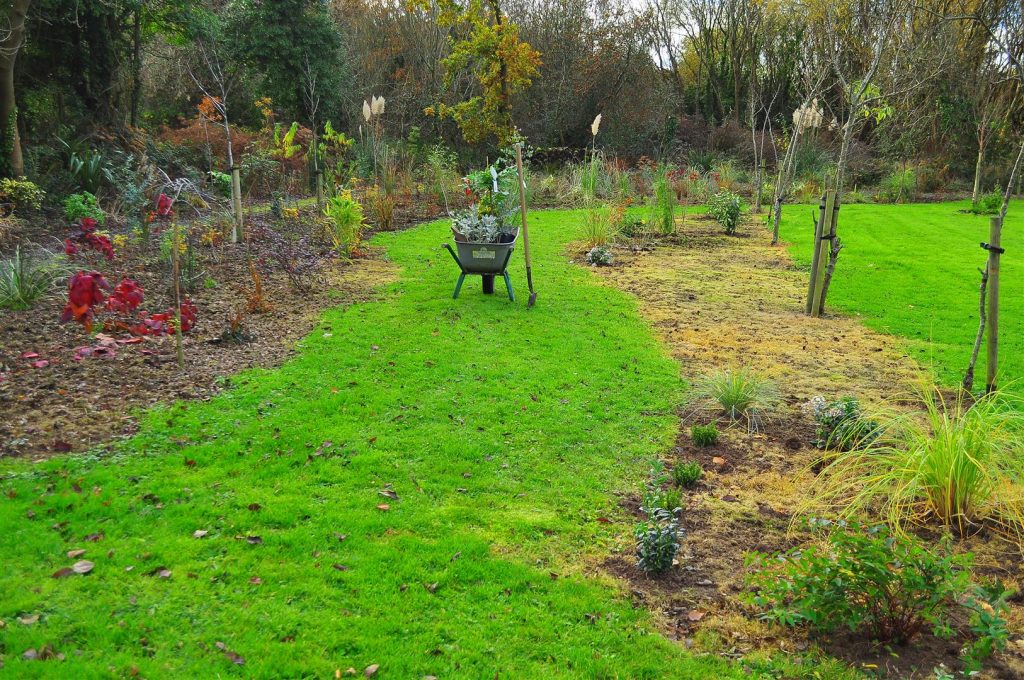
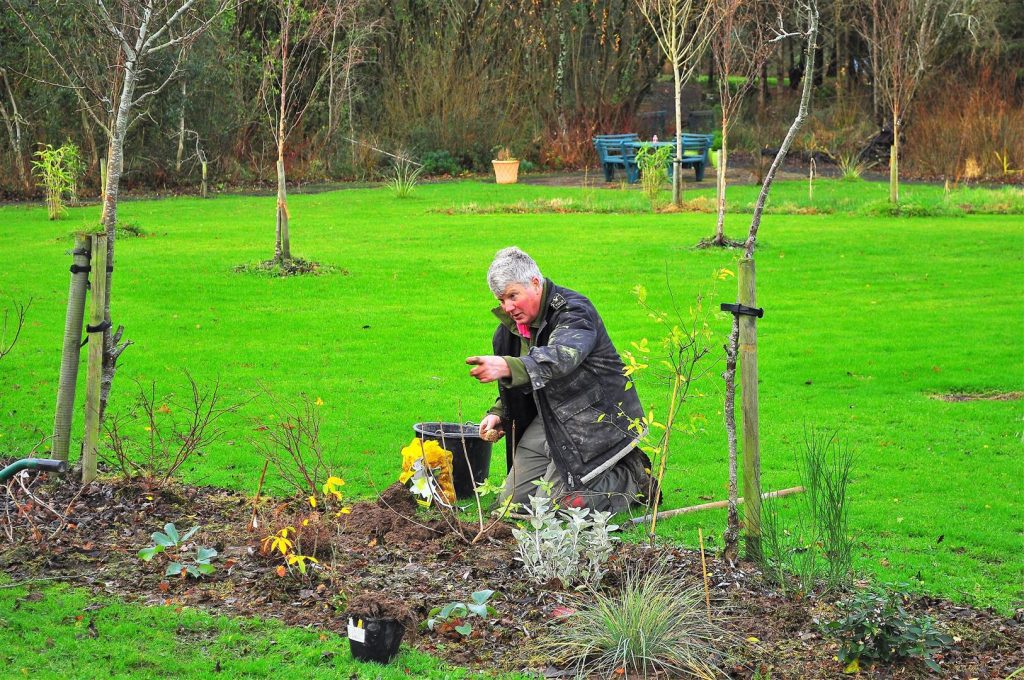
And how it looks today six years later in October 2019
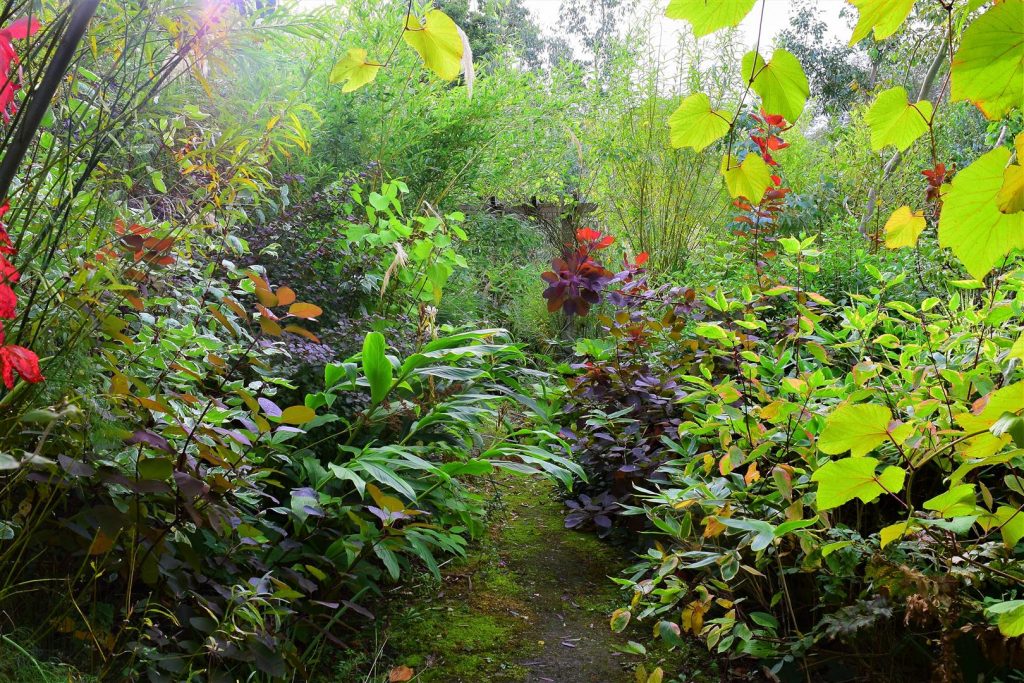
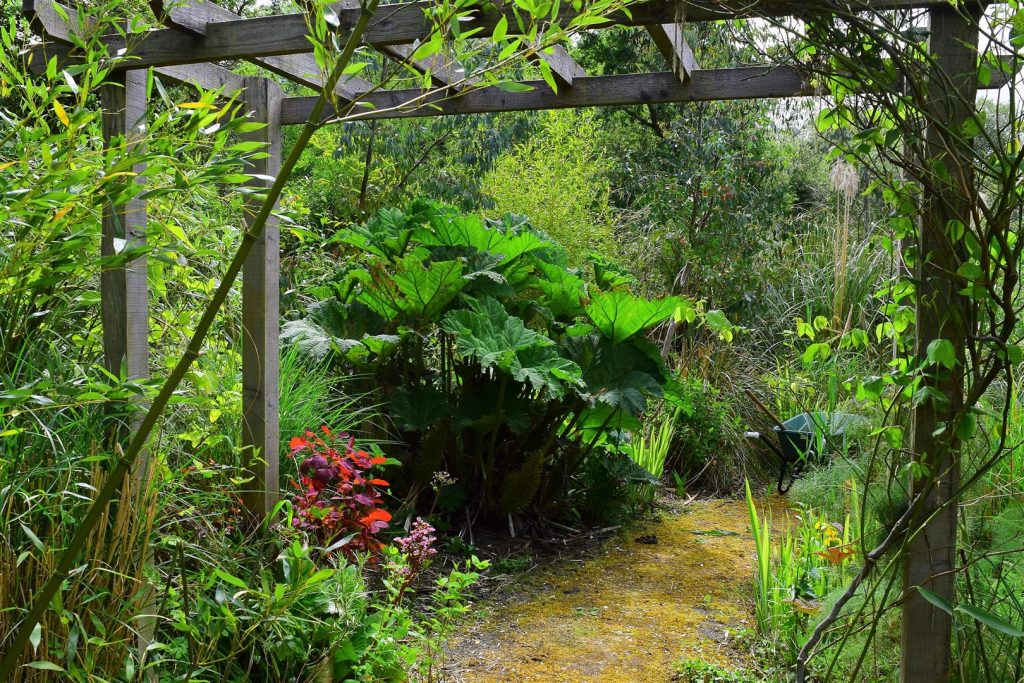
A gardener needs to be optimistic and upbeat dealing as we do with extremes of weather , poor or horrible soil , windy wet locations but most of all you need to believe that everything you plant will thrive … it won’t but you need the naievity and belief that it will but you also need to be prepared for losses even though you have tried to give the plant everything it needs , right plant right place , a hug at midnight if you are into that and the following photo I took in June this year in Gornija Podgora shows the best lavender I EVER grew in over forty years of gardening … it died two months later and I dug it out earlier this month … I apparently watered it TOO much throughout a period of intense Mediterranean heat in July … lavender is a mediterranean plant for God’s sake so sometimes you can’t win !
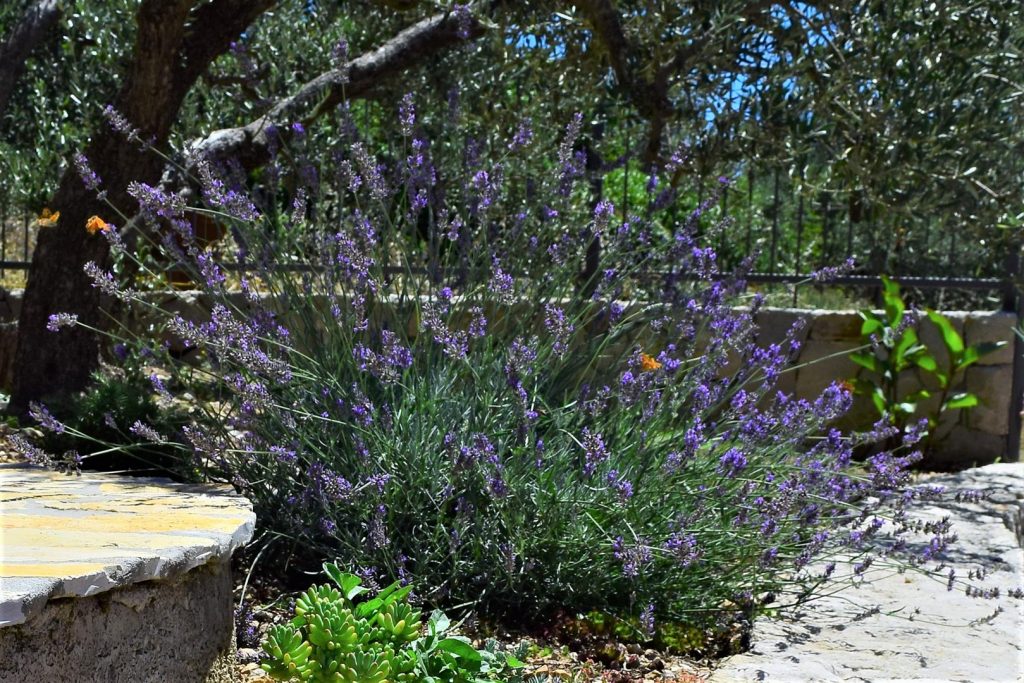
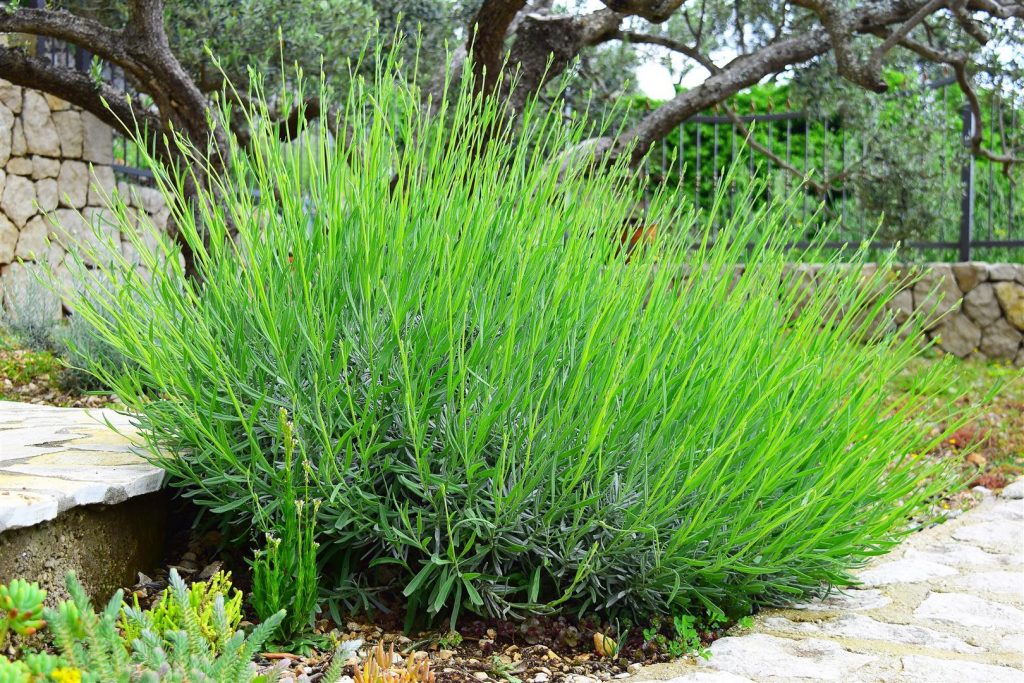
Last piece of advice is to leave the selection and planting of bulbs to the last in laying out a garden as starting a new garden with a blank canvas the tendency is to plant bulbs in prime places instead of reserving these locations for trees or shrubs … nothing as awful as putting your shovel through a clump of forgotten bulbs … plant your bulbs when you are finished your garden plan and know where all your placing of trees and shrubs will be
I don’t bother with summer bulbs and concentrate solely on late winter / early spring flowering bulbs as it is in the dark shortened days that you need all the colour you can get whereas in summer there is huge variety without using bulbs . Take your time with building up the spring bulbs and aim for what is called succession planting to keep the colour and interest going from January to early May and again palako is the key so plant properly and take your time to do it right as normally these bulbs will grow and reproduce without any further intervention from you for the next forty years .
I planted up two new areas this year , one at the front of the house and the other at the entrance to the Lower Garden and there is already almost total ground cover through a mixture of perennials such as geranium nudosum and biokovo , stachys lanata or lambs ear , early spring flowering heathers , santolina and some small hebes with a selection of bedding annuals weaving through the beds and now that both areas are fairly well established my intention was always to finish off with spring flowering bulbs planting under most of the plants and not take up space with the added bonus that when the flowering period is over for these bulbs their dying foliage will be covered up by the established plants .
Finishing the front garden bed with bulbs October 2019

I hit the Clonmel Garden centre during the week and bought spring bulbs for February / March flowering , dwarf daffodils , three varieties tete a tete , jet fire and minnow , a selection of snow drops and crocus with a few dwarf tulips and hyacinths thrown into the mix. I rarely plant the taller tulips as they don’t flower beyond two years in Ireland , tulips are from hot climates and the bulbs like to be in baking soil throughout the summer months so the UK & Ireland’s wet conditions don’t suit them and in fact most gardeners now grow tulips for one year only then dig up and discard . I have also stopped growing large daffodils as the just blow over in the wind and their long foliage looks messy after flowering and you have to leave it for a good six weeks after flowering before cutting so as to help next year’s flowers . But bulbs are great value in the garden especially those that flower in February and March when there is little else flowering and for the first seven or eight years I planted over a thousand daffodils every year and they are still coming back every year and even now I plant over two hundred bulbs every October / November mainly miniature varieties and a bulb I am planting more of each year is the snowdrop approx. 100 bulbs each October as it blooms in early January when you have nothing else to brighten up cold skinning days and the clumps rarely fail and grow back stronger and thicker each year … snowdrop bulbs are great but the experts say that they are best dug up “ in the green ” immediately after flowering and then dividing a clump … the latin name is Galanthus and the fanatical snowdrop lovers are called galanthophiles and will happily pay up to 90 euros for ONE specialist bulb while most of us non fanatic snowdrop lovers are happy to buy packs of 20 for 4 euros !
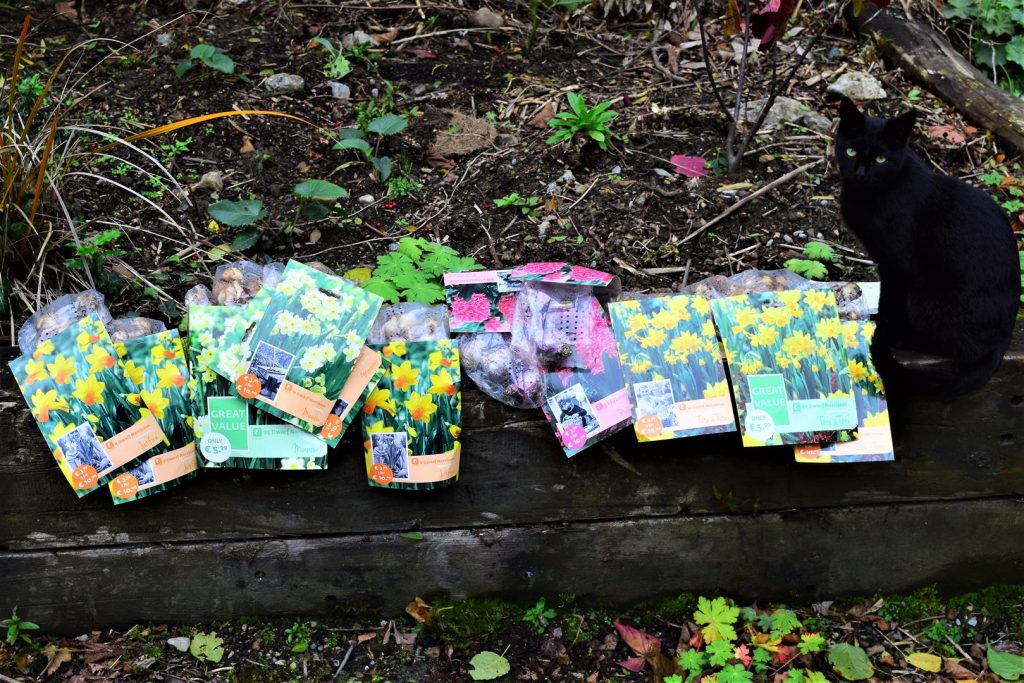
Planting is hands and knees stuff and when you are down there it is a great opportunity to hand weed and don’t worry when planting about getting the right end of a bulb up as they right themselves anyway when growing … and regarding how deep the planting hole has to be for the various bulbs my rule of thumb is to plant in a hole four times the size of the bulb .
The other important thing when planting bulbs is to mark each hole with a plastic marker to make it easier to know where you have planted the bulbs , in the old days gardeners used to write the type of bulb on the markers and maybe some still do today if you have a small area to plant up . I never plant in lawn areas as you need to leave the leaves die back for at least six weeks and it makes the lawn look very messy for that period but this year I am going to plant daffodils in the area where I am leaving the grass grow into a wild garden as the die back won’t be noticed among the high grass and for this type of bulk planting I bought two 20 kgs sacks of daffodils , Camelot and Dutch Gold , two old varieties bred in the 1930’s , rough daffs as the area has wet poorish soil there so your specialist bulbs would sulk .

Writing about gardening makes me realise just how we in the west are so lucky to actually have a garden and the figure of 4 euros for a pack of snowdrops would go a long way to feeding a family in India for a day where the majority of people have absolutely nothing , no house and sometimes a sheet of tarpaulin against a wall is all that shelters entire families and all the prattling from Greta at the UN about climate change and travelling to New York for a week on a f..king yacht to prove a point with all the other fat cat activists and politicians pontificating to the rest of us … these people would be better off to spend a week in a shelter in Calcutta or Jaipur to see how millions of poor people live in India .

I took this photo in Jaipur during a trip to India in November 2017 and this family of six kids live under a tarpaulin sheet on the side of a busy main road and their Mother’s job is to feed “underprivileged ” COWS at a cow sanctuary and the amazing thing was that as we piled out of our luxury air conditioned coach to look at the cow sanctuary the lady showed no rancour or envy towards us , just the polite smiling face of her acceptance of how things were for her and her six kids .
This next photo is one I took in Agra when turning a corner I came upon this group of ladies all crouched down in the street waiting to be dealt with by some office official or other … I asked could I take a photo and they all instantly beamed agreement and these two images are the memories I have retained in my mind from all the Taj Mahal and grand castles I saw in India .
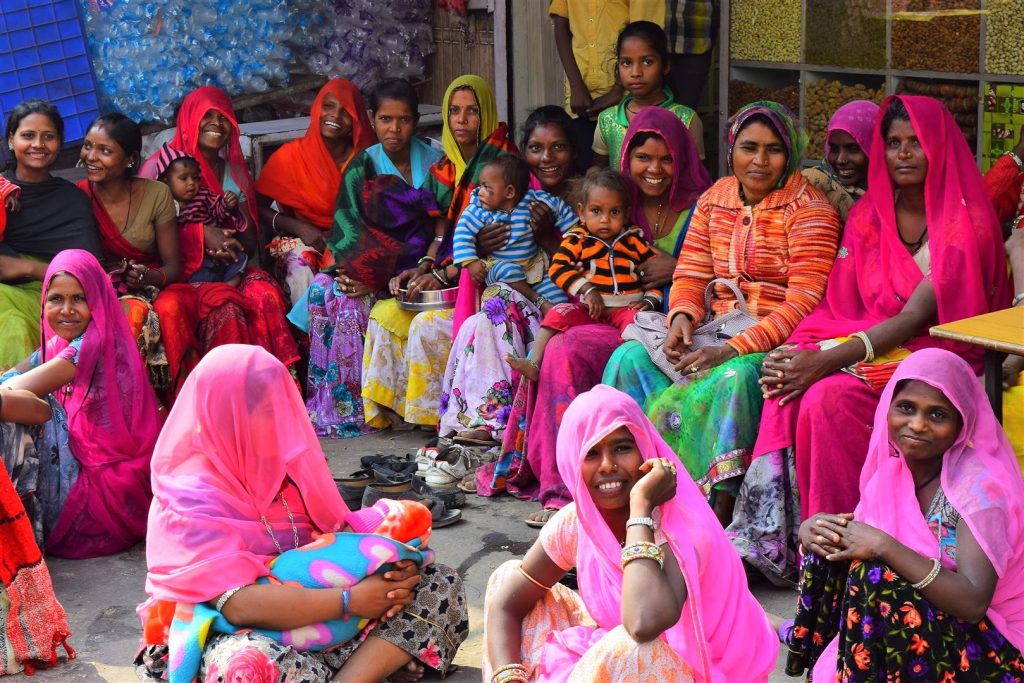
These groups were all Hindu who believe in reincarnation and put up with what they get in this life in the hope they will progress towards a better existence in the next … I don’t have a belief in reincarnation but if it happens please God don’t bring me living in Jaipur under a tarpaulin sheet .
Finally an old gardening proverb says ” the man who plants sage will live forever “
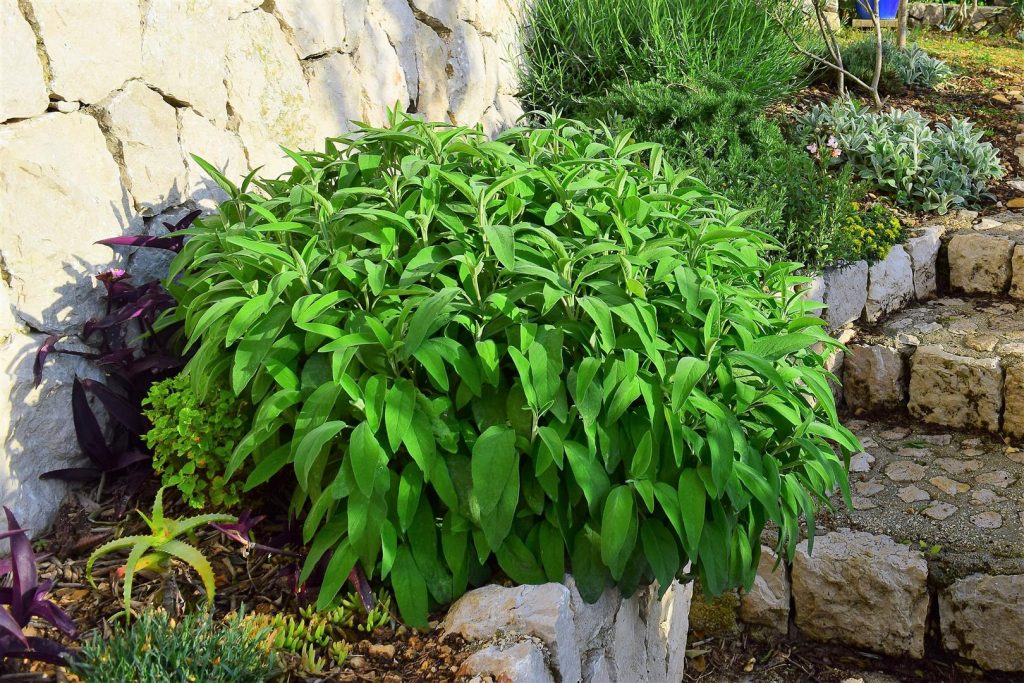


Leave a Reply